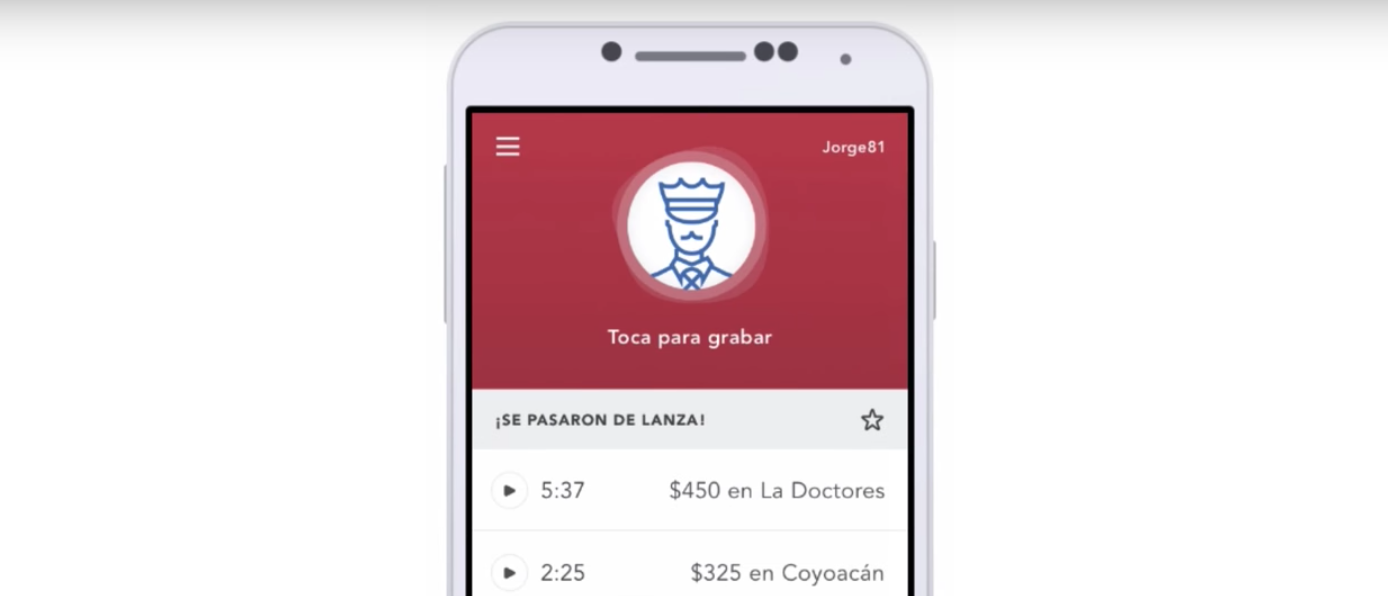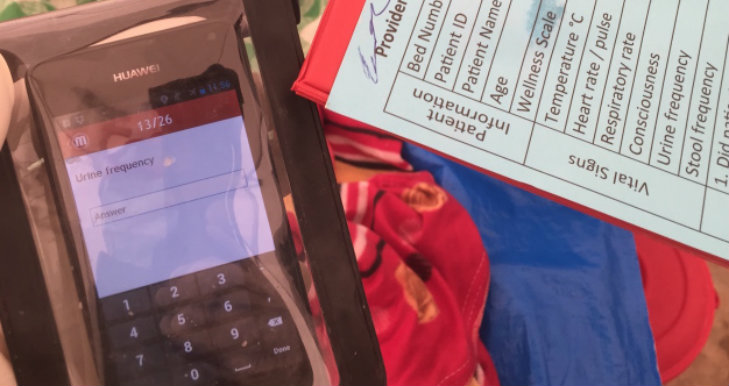It‘s complicated to find a Chilango (people from Mexico City) who hasn’t experienced police bribery. What we call in Mexico as “la mordida” (the bite) is the most often, easy and normalized act of corruption in one of the countries with higher levels of corruption. According to INEGI (ENVIPE, 2014), 78% of the Mexicans said they perceived corruption in traffic police, by far the highest authority with this perception.
Despite the fact that we have some national and generic information about corruption, we don’t have open and accurate data on how police corruption operates at a local level, causing zero accountability and plenty of misinformation. This happens for two reasons: one, the levels of citizen reporting are too low, and two, no one receives charges. Could technology and social media help to understand and combat corruption in Mexico City?
There is an enormous opportunity. Smartphones and social media are growing among Chilangos. Also, there are already a good number of people who speak out against corruption in their own social networks, either by complaining, or denouncing it. This has the potential to push forward the anti-corruption agenda through revolutionizing methods of corruption detection, and analysis.
This is how a friend and I decided to develop #MeParólaPoli (a cop just stopped me) an app that seeks to expose the police bribery in the streets of Mexico City. This app lets you instantly report a potential act of corruption when a policeman stops you on the street. Just by pushing a button you can automatically generate sound evidence, provide data about a corrupt (or honest) policeman, and generate a report ready to be published. The app collects the data and presents it in a web page with maps and other visualizations. We developed the app with the intention to partner with transportation applications operating in Mexico City, such as Uber, Cabify, and Yaxi. These drivers are the most affected by street corruption, and therefore have the highest level of interest. Also, all of them have already a smartphone, access to the Internet and a community that could easily adopt this technology.
To see how it works, watch the video:
Anti-bribery and anti-corruption apps, sites, and social media groups are increasing around the world. I Paid a Bribe is an anti-corruption web platform that uses the transparency of the Internet to incentivize citizens in India who have been the victims of corruption to self-report details of bribes paid. There are several more: JamiiForums in Tanzania, BribeSpot in Thailand and Cambodia, Prijavi Korupcija in Macedonia, and others (see more here).
When corruption is so profound in societies, of course, major and national anti-corruption reforms are necessary, however, innovative local solutions can contribute in reducing the problem.
The author of this blog post wishes to remain anonymous.


